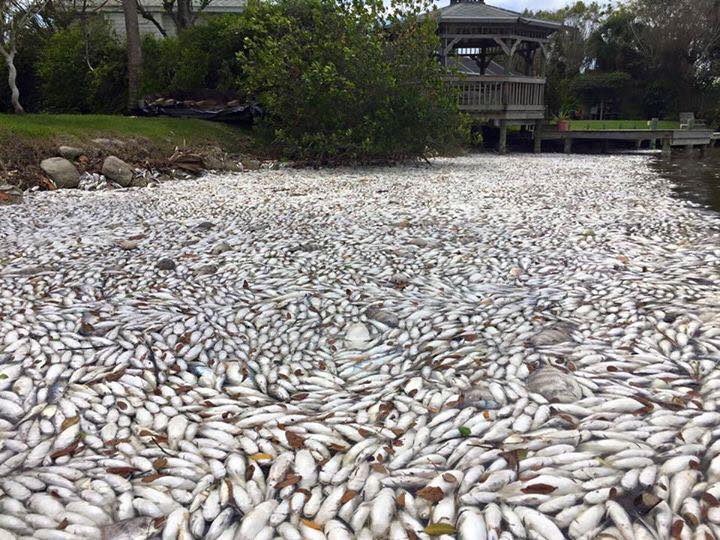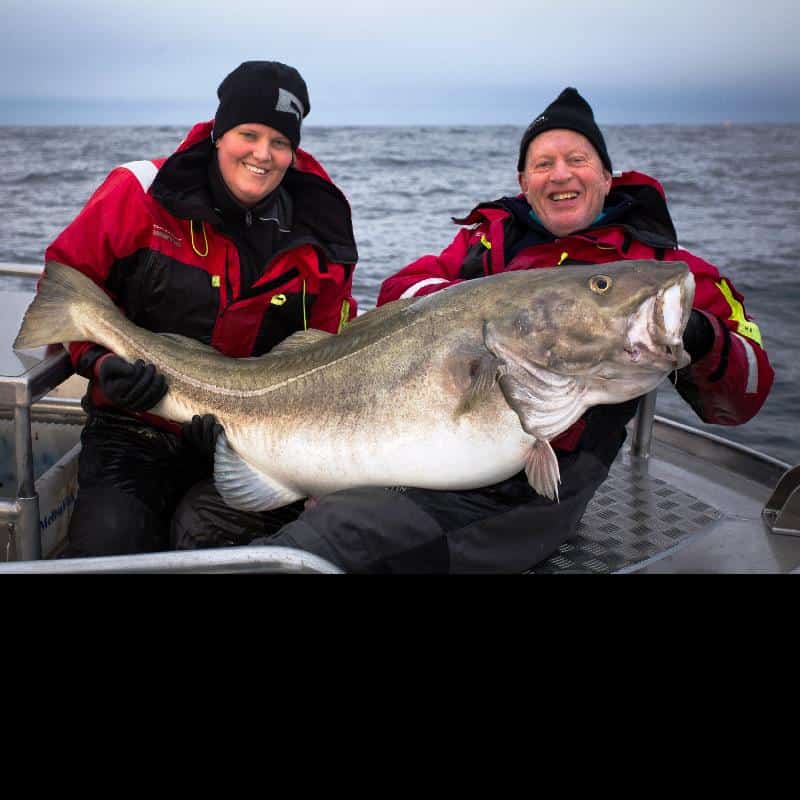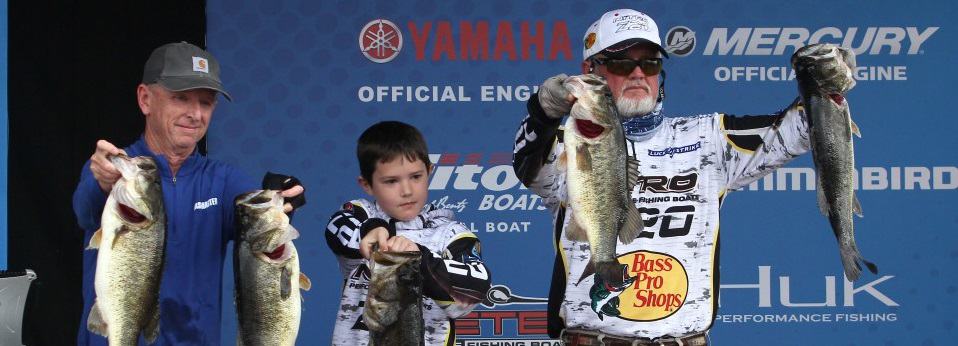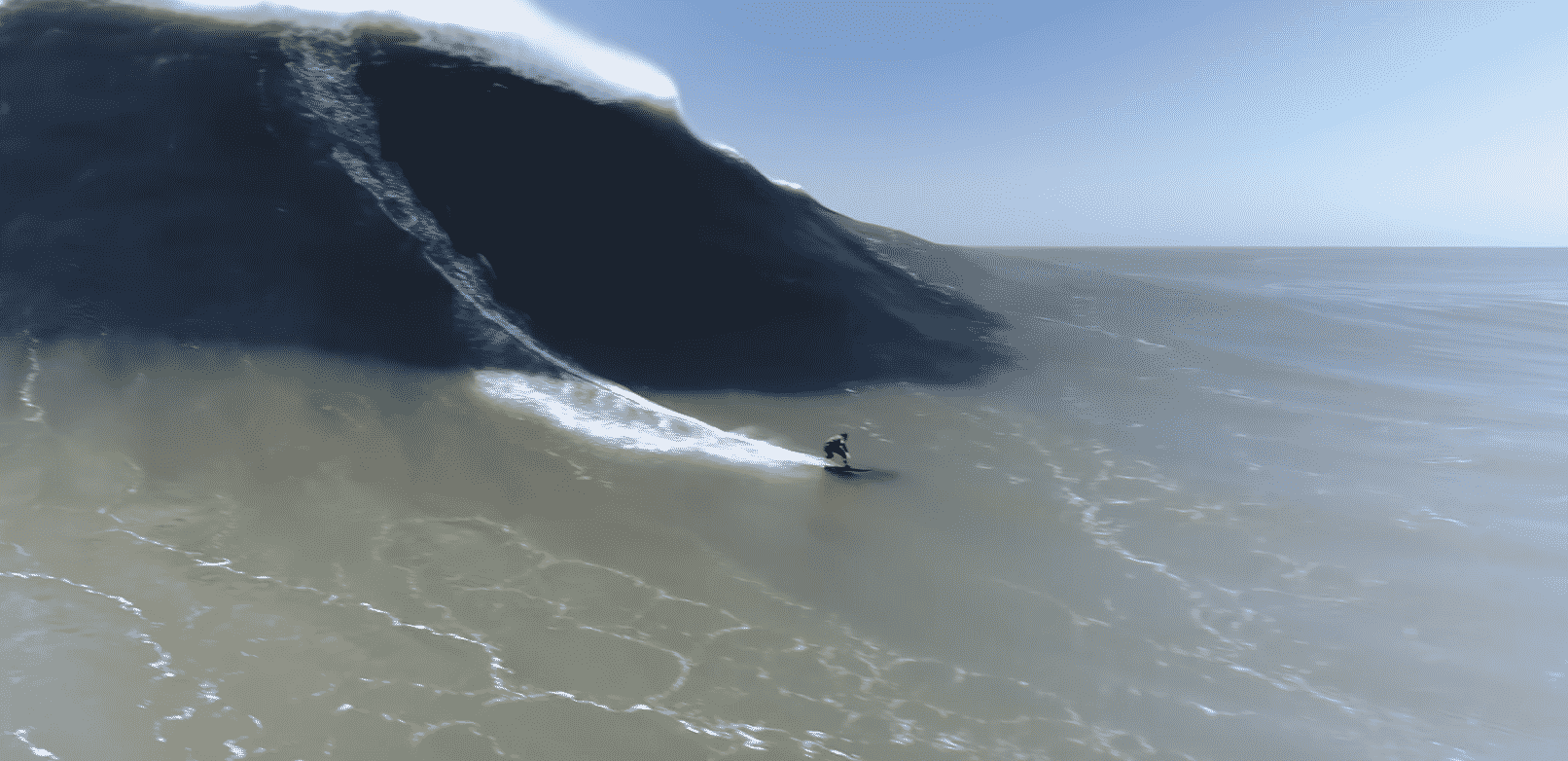
Heartbreaking photos of thousands of dead fish, marine life, and a manatee are bringing national attention to the Indian River Lagoon on the east coast of Florida. And, at this time, there are more questions than answers.
Citizens for Clean Water and Fox 35 reported that longtime fishing guide, Alex Gorichky, who typically fishes for redfish in Indian River Lagoon, spotted the area’s prized redfish – floating dead on top of the water, along with thousands of other fish.
“It’s mass devastation; It’s on a scale that I’ve not seen before.”

Florida Wildlife Federation
Gorichky identified more than 20 different species of fish in the massive kill in the lagoon, running from Titusville down to Melbourne.
Roughly two dozen fish kills were called into the FWC and officials said fish are dying by the hundreds in some areas. Biologists are collecting water samples from Port St. John, Pine Island, Cocoa Beach and Titusville.
“There are a lot of nutrients in the water, causing the algae to bloom. When the local nutrients are depleted and the algae starts to decompose the dissolved oxygen drops to a level that killed some fish,” said Terry Williamson, a biologist with Natural Resources told Fox35. “The high winds we’re having today should help mix the water in the lagoon and get the oxygen levels back up.”
A Florida database that compiles fish kills shows thousands of dead fish reported to the FWC. Species identified on the list are all over the map from sheepshead, red drum, bass, mullet, croaker, puffer fish, catfish, flounder, spade fish, horseshoe crabs and several other species.
“It’s tragic” Cocoa Beach mayor Tim Tumulty. Tumulty said the first signs of the massive fish kill started showing up along waterfront homes on Friday according to Fox35. Local and state environmental agencies sampled the water, and collected dead fish for testing, but the Florida Fish and Wildlife commission says the results are not ready yet.

Florida Wildlife Federation
In an interview with Derrol Nail, one possible cause according to the Saint Johns Water Management District is brown tide, which the agency confirmed exists in the Indian River through water quality testing in January. The oxygen depleting algae, which also turned the river brown, can cause massive fish kills if concentrated enough.
“The brown tide can last a few weeks” said SJWMD communications director Ed Garland “or it may last for many months, like it did during the super bloom of 2011.”
FloridaToday reported that scientists say excess nitrogen and phosphorus from fertilizers, septic tanks, leaky sewer systems, air pollution and other sources is fueling the blooms. While nitrogen and phosphorus are vital components for all life, when too much gets into the lagoon the two nutrients can trigger algae blooms that block sunlight to seagrass. Bacteria spike when the algae die and consume oxygen dissolved in the water, suffocating fish and other marine life.
To remove excess nitrogen from the lagoon, Brevard County recently began dredging out nitrogen-laden muck from canals in Cocoa Beach and the mouth of Turkey Creek and plans several other large-scale muck dredging projects.
The Florida Legislature recently allocated $26 million for lagoon restoration projects in Brevard in the coming budget year, including $21.5 million related to muck dredging, primarily in the Grand Canal area, north of Satellite Beach.

Florida Wildlife Federation
In a new release from the SJRWMD today; It’s all hands on deck to expedite cleanup efforts in the Indian River Lagoon after a recent fish kill. St. Johns River Water Management District staff are heading to Brevard County to assist with the recovery.
“This is an opportunity to work hand in hand with our many partners to make a difference with the Indian River Lagoon recovery,” said St. Johns River Water Management District Executive Director Dr. Ann Shortelle. “This is a small step in what is sure to be a lengthy process, and it’s only through this type of collaboration we can make progress in this difficult situation.”
The district is providing multiple boats and crew members to help with efforts in the hardest hit areas of Brevard. The dead fish will be removed from canals and waterways and transferred to designated dumpsters provided by the county. Staff will be onsite until the situation reaches a more manageable level.







